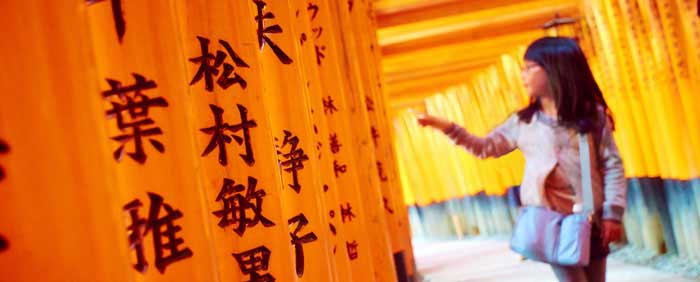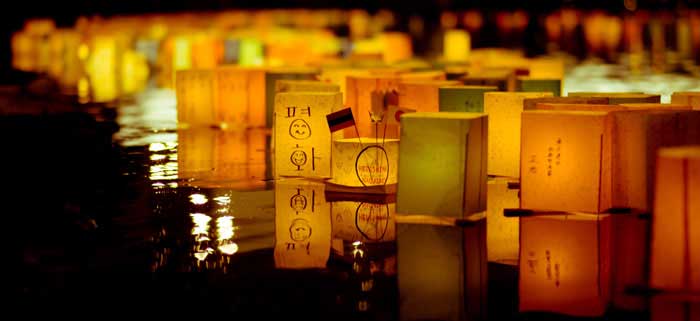A coffee owner runs a shop since a lot of experts look for peace in this kind of place, this is by far one of the best built coffee shops in the city's natural beauty, thus it takes into consideration the historical built, the quietness of the roads and the attention to even the smallest detail that the artisans have applied to the job. There is also hand painted signs, blinds and even beautifully restored facades that mark the entrance way to a lot of the beautiful coffee worries. How about a new wave coffee shop?
Daisuke Takayama's Kamogawa Café is by far among the newest that has swept the area by storm in the past ten years, thus they take both the drinks as well as the space wherein it is very much adored by the masses.
The coffee shop occupies the loft, the space on the 2nd floor that is overlooking the side street of Kyoto and the Central part of the Kamo River. It will run from the eastern part of the Majestic Palace grounds. The anterior part of the windows come with checkered panes and beautifully colored glass. The floor as well as the desks is made up of hot and unstained wood. Their menu is also handmade. Where on earth can you find a menu that is hand written and hand painted? It is only in Kyoto. To really become successful in the coffee industry in Kyoto, there must be a sense of creativity and originality, this is in accordance with the statement given by Takayama.
However, it is the coffee that is hand roasted every day that makes the coffee shops different with Kamogawa Café. The left to the percolate slowly thru the flannel filter, they use it instead of using a typical kind of paper. The coffee on the other hand is thicker and quite stronger too. If you go for the classic kind of coffee, this kind of coffee shop seems like something that has been lifted from the ancient times. It looks like it is a combination of the first world war and the second world war. It is like an era of trucks as well as porters. The long and wide railway like a carriage, the kissaten contains a sole counter with the stained wood panel. There is a man behind the counter, he is the one making a cup of coffee all the time. He holds 2 big kettles that can take the boiling on the hob of the gas.
He adds some water over the newly crushed hand cooked coffee beans. He waited some more, before he pours every cup, he just warms the carafe over the open flame. The new coffee shops cannot even contest with the background of the place such as the Rokuyosha, however, they cannot just embrace the legacy of a different kind. Like the Sarasa Nishijin, it is housed in the old Fuki-no-Mori Onsen, it was a bathhouse in the past, way back 1920s. Though, it still looks like an ancient bathroom, the wooded latticework as well as the different bell shaped awning are just awesome. The light handed remodeling has kept them ornate in a Jade and bubble gum pink tiles which kept everything intact. The walls that have divided the men as well as the women from the sides of the bath runs through the center of the bathroom, the old armchairs have set under the tapered, walls that rose to the central part of the chimney. There is another local fixture is the coffee shop named Café Bibliotic Hello.




